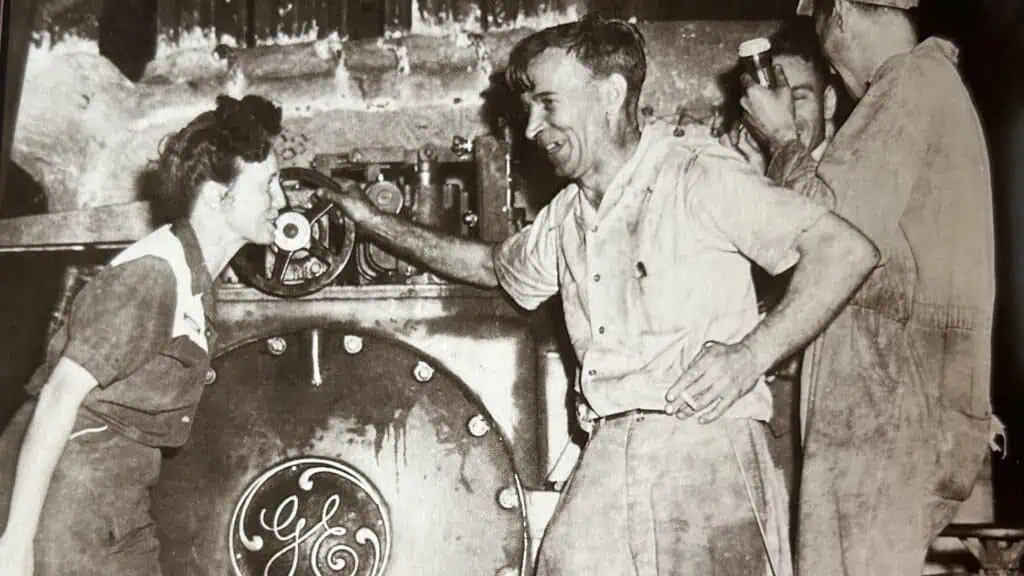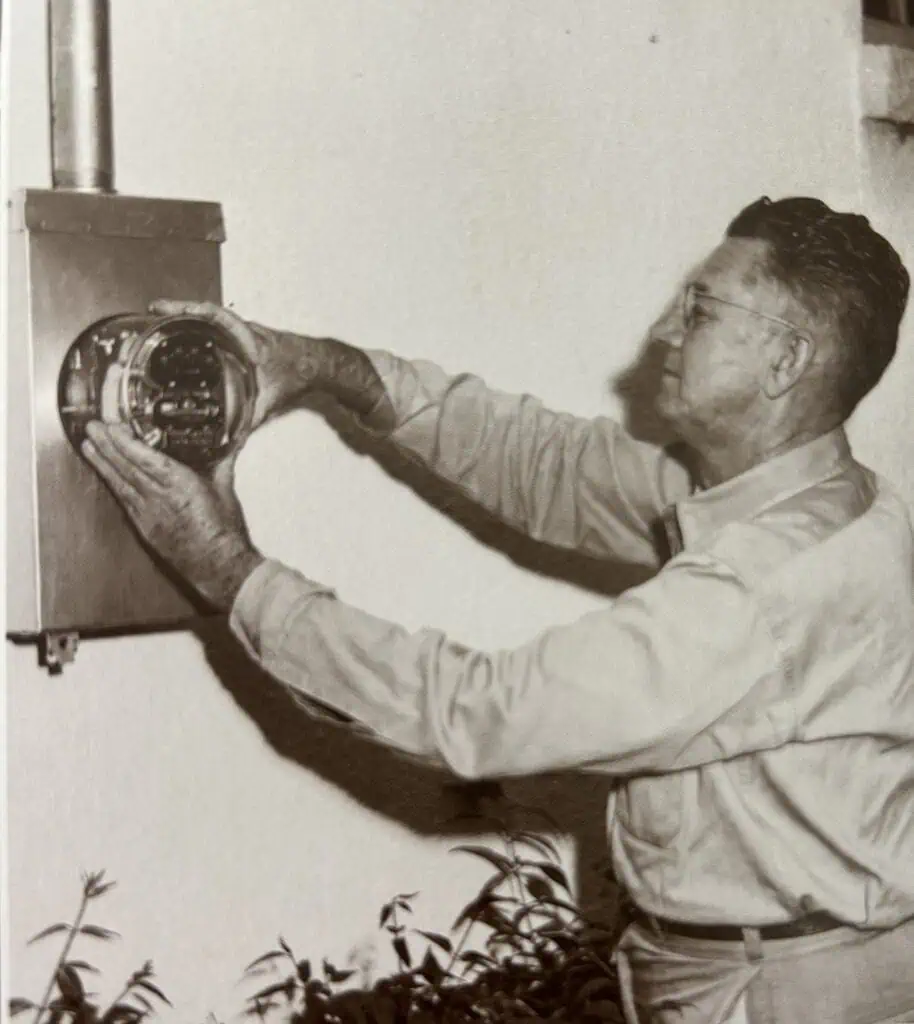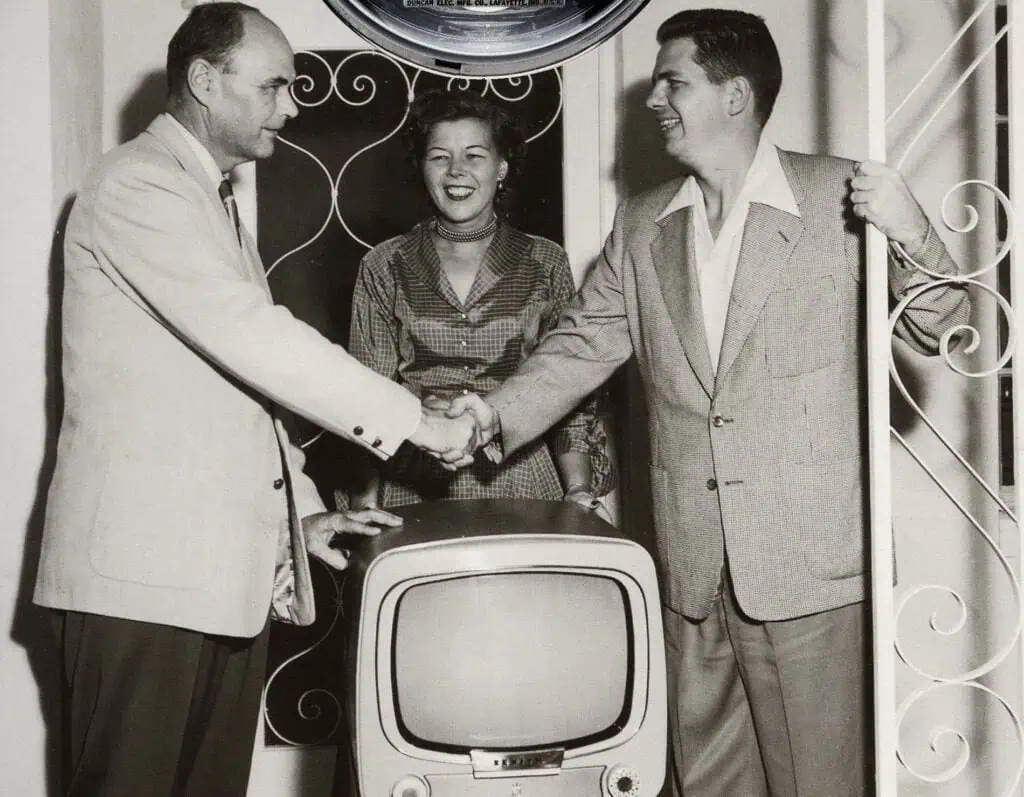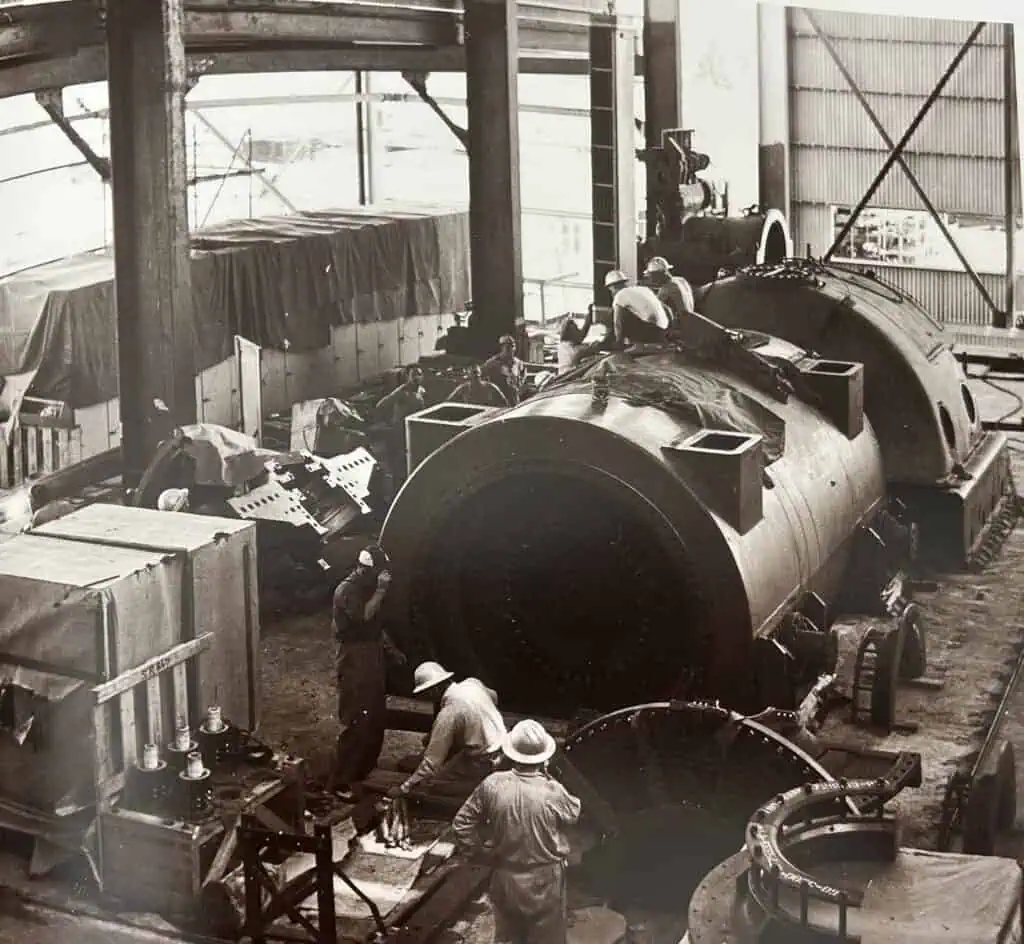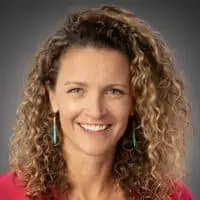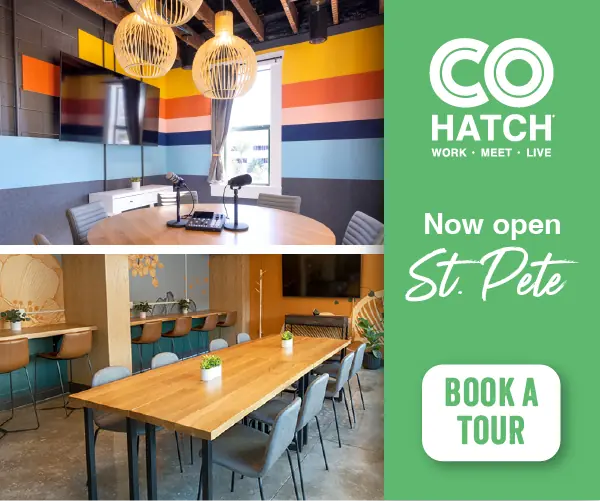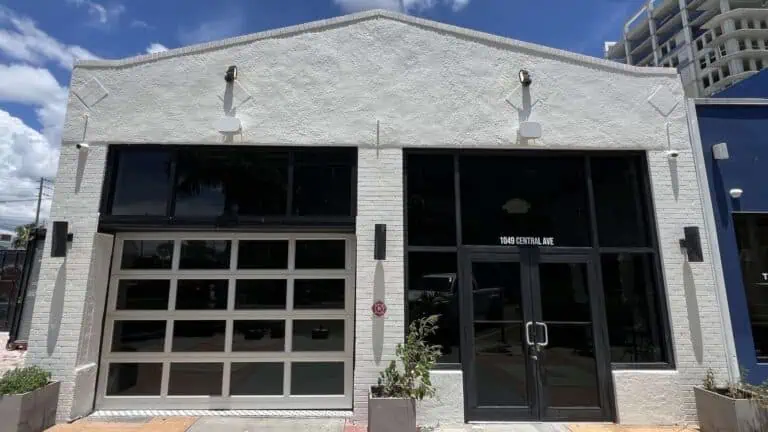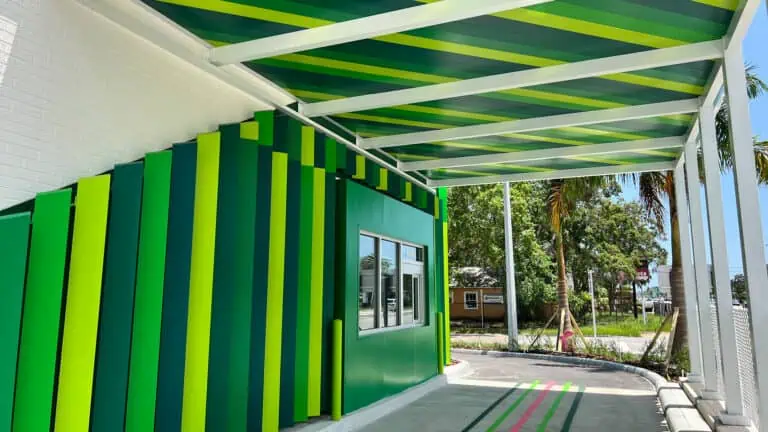During the spectacular Florida real estate boom of the 1920s, St. Petersburg’s population grew from 14,000 to 40,000 people. Building permits in 1925 hit a high of $23 million dollars, a figure not reached again until 1949. The newly renamed Florida Power Corporation continued to grow, buying smaller power companies in Pinellas County and beyond, adding Clearwater, Tarpon Springs, Brooksville, Dunellon, Bushnell, and Ocala to the grid. Later they would pick up service areas all the way to Apalachicola. But the boom went bust in 1926, giving Florida a three year preview of the Great Depression. By 1929, the rest of the country had boarded the sinking ship.
Like every other business, the crash hit Florida Power hard, and the Corporation underwent a brief period of bank stewardship before a new holding company gained control (at the same time taking over the Florida Public Service, headquartered in Deland, which powered much of Central Florida.)
ADVERTISEMENT
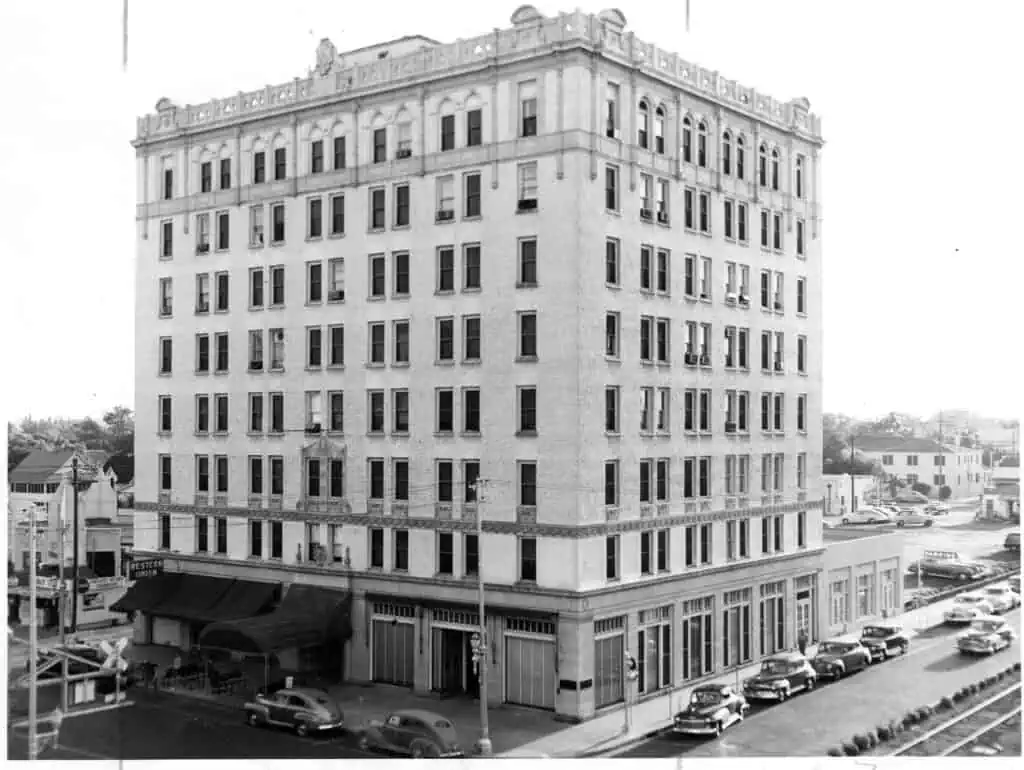
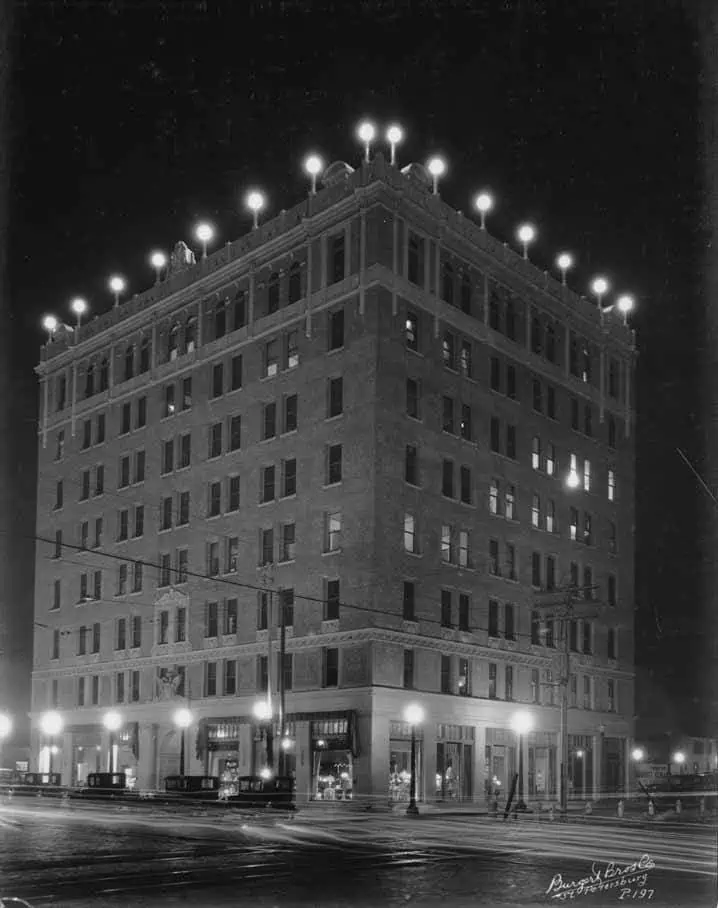
Florida Power implements progressive employee programs
Trying to keep its head above water during the Depression, the Florida Power Corporation did everything it could to “build the load”, or increase the use of electricity in its region. The company got into the appliance business, selling lamps, irons, hair curlers, hot water heaters – anything that used electricity – with a gorgeous showroom on the first floor of its stately building on Fifth Street and First Avenue South in downtown St. Petersburg.
Customers could purchase appliances on the installment plan and pay them off as part of their monthly electric bill. In 1937, Florida Power sold 5,000 major appliances, and the company won a national award for selling water heaters. The increase in usage meant that power could be sold more cheaply, and Florida Power’s rates went down nearly 30 percent in the ten years between 1938 and 1948, far more than the 10 percent decrease that most of the country experienced.
Florida Power knew that its workers were its most important asset, and began implementing progressive employee programs like life insurance, hospital insurance, and a retirement plan during the Depression. Wanting their employees to play as hard as they worked, President Al Higgins initiated the Florida Power Employees Club in 1936, opening its first clubhouse in 1938 at Sunset Beach. When that clubhouse burned, another was built on Lewis Island (today’s Coquina Key) in the early 1950s – its location is now a city park.
ADVERTISEMENT
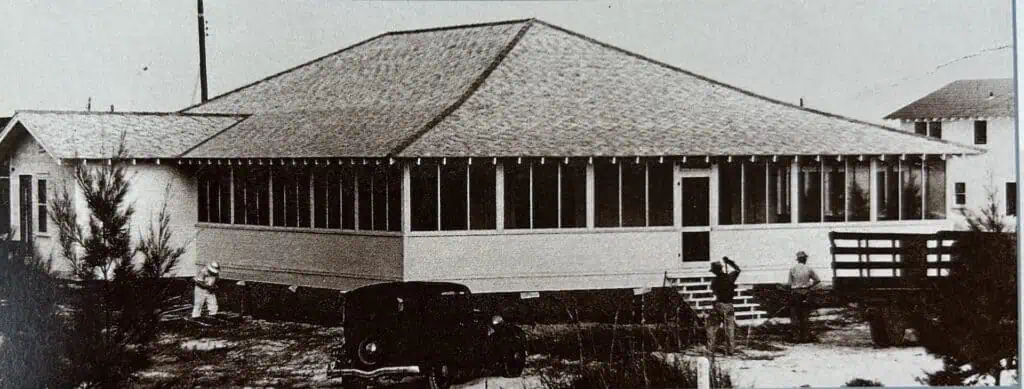
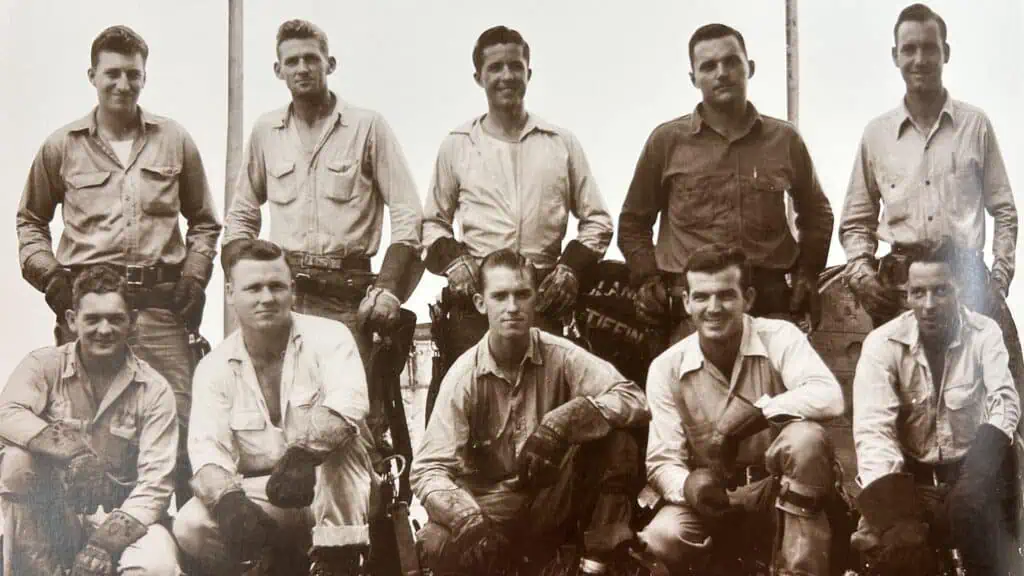
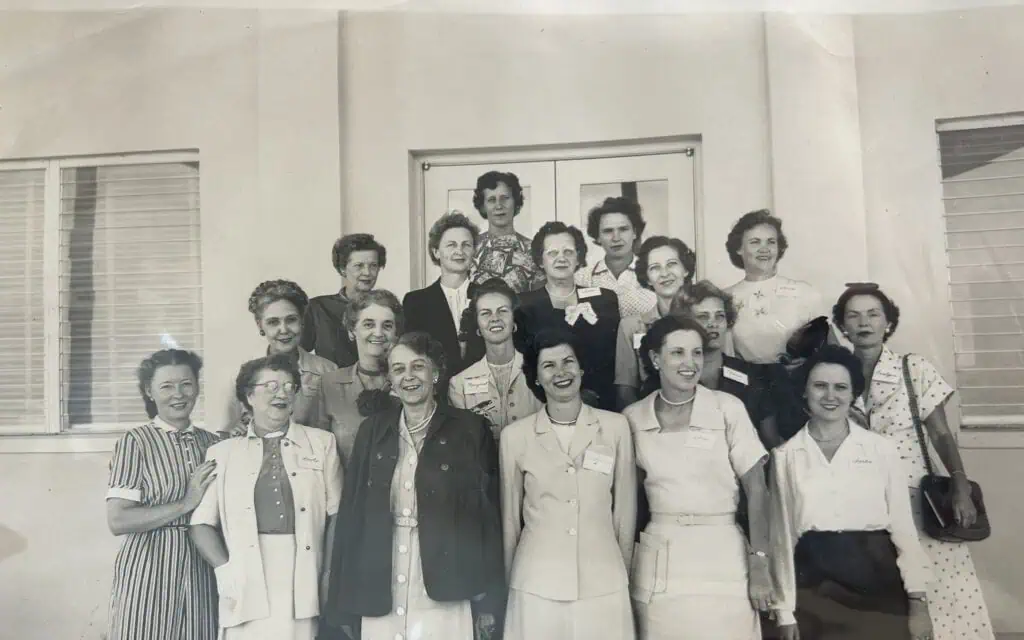
division in the 1950s
Company empowers women in the workplace
Towards the end of World War II, Florida Power officially merged with the Florida Public Service company from Deland, and in 1945 took the company public, staging an elaborate media blitz through New York City, dubbed “Florida Power on Parade,” to sell $9 million worth of Florida Power stock, with tried and true gimmicks like pretty girls in bathing suits. But the country’s attitude towards women was changing, and Florida Power would be one of the first to empower women in the workplace.
By 1946 there were forty women working at the Florida Power Corporation, most having started during the war years when men were in short supply. There would never again in the company’s history be less than that number of women working there. Florida Power was quick to discover the talent that women had for selling appliances to other women.
The “home service” division quickly began hosting cooking schools and other home education programs to teach families how to improve their lives through the use of oven ranges and other electric appliances. The women were embraced with open arms, often going into individual homes and teaching other women how to use all the functions of their new appliances (with husbands often sending thank you notes to the company, expressing gratitude for teaching the family how to get their money’s worth from the expensive new machines!)
One of the fastest growing utility companies in the nation
The home service department’s efforts were abetted by the end of World War II when the War Production Board rescinded its ban on the use of personal air conditioning units. By the end of 1945, Florida Power served 27 counties and more than 92,000 customers with eight plants and a combined generating capacity of over 111,000 kilowatt hours. Florida was poised for a boom the likes of which the country had rarely seen.
In November of 1946, Florida Power experienced a record peak usage. It would surpass it again the following month. By 1952 Florida Power was the fastest growing of the 100 largest utilities in the country and celebrated the installation of its 200,000th meter by presenting the Honner family of St. Petersburg with a free television. When the Sunshine Skyway Bridge opened in 1954 – an event that opened up the Pinellas Peninsula to unparalleled development, Florida Power’s President, William Clapp, was chosen to serve as the Chairman of the dedication ceremonies.
for being the 200,000th customer of Florida Power
The biggest challenge of the 1950s’ boom was generating enough power to meet the ever-growing need of the company’s customer base. In 1958, the Paul L. Bartow Plant was built at Weedon Island, increasing Florida Power’s generating capacities to 14,000 times what the company could produce when it was first started by F.A. Davis back in the 1890s. The city of St. Petersburg’s population nearly doubled during the decade of the 1950s, growing 87%, from 96,738 residents to 181,298. Generation capacity doubled from 1944 to 1948, then doubled again by 1953, and doubled yet again by 1958.
Florida becomes a year-round state
Some 47,000 houses were built in St. Petersburg in the 1950s and major corporations were relocating to the Sunshine State. Proceeds from a newly implemented franchise tax on Florida Power and other utilities in the City of St. Petersburg helped build the the Main Library and the Bayfront Center in the mid sixties. In 1963 Florida Power, and the state itself, reached another milestone. It was the first time the company sold more electricity in a summer month than a winter one. Florida had become a year-round state.
Thanks to the light supplied by Florida Power, the future looked bright. Little did anyone know that some of the biggest challenges to face the energy business were looming right around the corner.
Next, read Part Three of 125 Years of Power and Light in St. Petersburg (and here’s Part One.)
Photos provided by Duke Energy, and the Burgett Brothers Collection of the Tampa, Hillsborough Public Library.
ADVERTISEMENT






